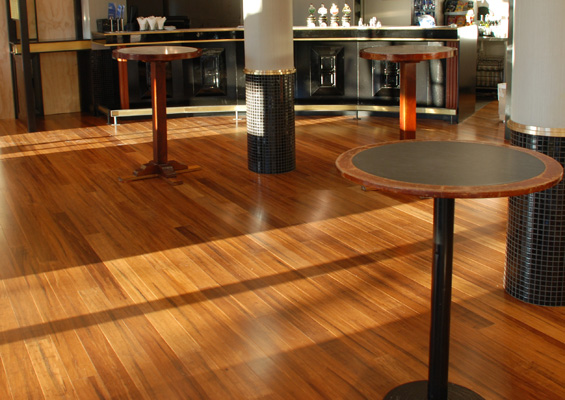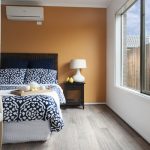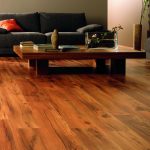Bamboo Vs Timber – Appearance and the Environment
Continuing on from our previous article comparing timber with bamboo flooring, we will now consider further comparisons between bamboo floors and timber flooring.
The preference of bamboo flooring over traditional timber floors is noticeable. In fact, bamboo has now become the primary flooring choice in many Australian homes.
Not only is it out-performing timber in it’s appearance and durability but the ecological benefits and it’s rapid growth has made it one of the preferred choices of the green building world.
- Lets consider them:
- Appearance
- Environmental
Bamboo Vs Timber – Appearance
Bamboo: Despite there being various species of bamboo, generally they all produce quite a consistent looking final product. The colour of strand woven bamboo is unique. It has a soft golden colour, however there are a wide variety of stained colours that are available depending on your preference of tone. The strand woven bamboo comes in a semi-gloss coating, enhancing the natural colour of the bamboo floor, and the high quality finish allows you to walk on the floor the same day of installation.
Timber: You have numerous species to choose from when selecting timber flooring, and each will have its own unique look and feel. Because of this, different cuts will produce varying levels of consistency in the grain. You also have a choice of varied grades of timber. There are three to choose from: Select, Standard and Character Grading refers to the extent of natural marks and features in the timber grain. Your decision of timber grades, from a distinct timber with lots of natural features to a consistent and clean timber, really just is based on personal preference.
Bamboo Vs Timber – Environmental
Bamboo: Recently bamboo has received a lot of attention for being a green, eco-friendly building material. This is due to bamboo grass stalks and their ability to grow very rapidly, achieving full growth in just 3-5 years. Also, when it is harvested the root system doesn’t need to be completely cut, so this means that it can continue growing without any need for a replanting process. Bamboo is also a completely natural material allowing it to be recycled and is biodegradable. Another factor to consider is the longer lasting a material is, the fewer resources that are required over time for upkeep. Bamboo has a significantly longer lifespan due to the durability of the surface and material.
Timber: Compared to bamboo, tress may take over twenty years to reach complete maturity, and be ready ready for manufacturing. This will mean that the materials used for a timber floor can take much more time to regenerate. Another critical factor is that logs are sawn to produce planks and floor boards, which means that there is quite a significant amount of waste involved in the process of producing timber floors.
When deciding on which timber to purchase it is important to consider the means in which the company has sourced the material. There is a significant percentage of timber imports that are illegally logged in countries such as Indonesia, Malaysia or Papua New Guinea. These materials may have come from clear-felled rainforests. Clearcutting is economically profitable for logging companies however it presents major environmental issues.
So there you have it – your complete two-part guide on bamboo vs timber. If you would like more information, the team here at Brisbane Floors Bamboo Flooring would love to hear from you and help out in any way possible.





